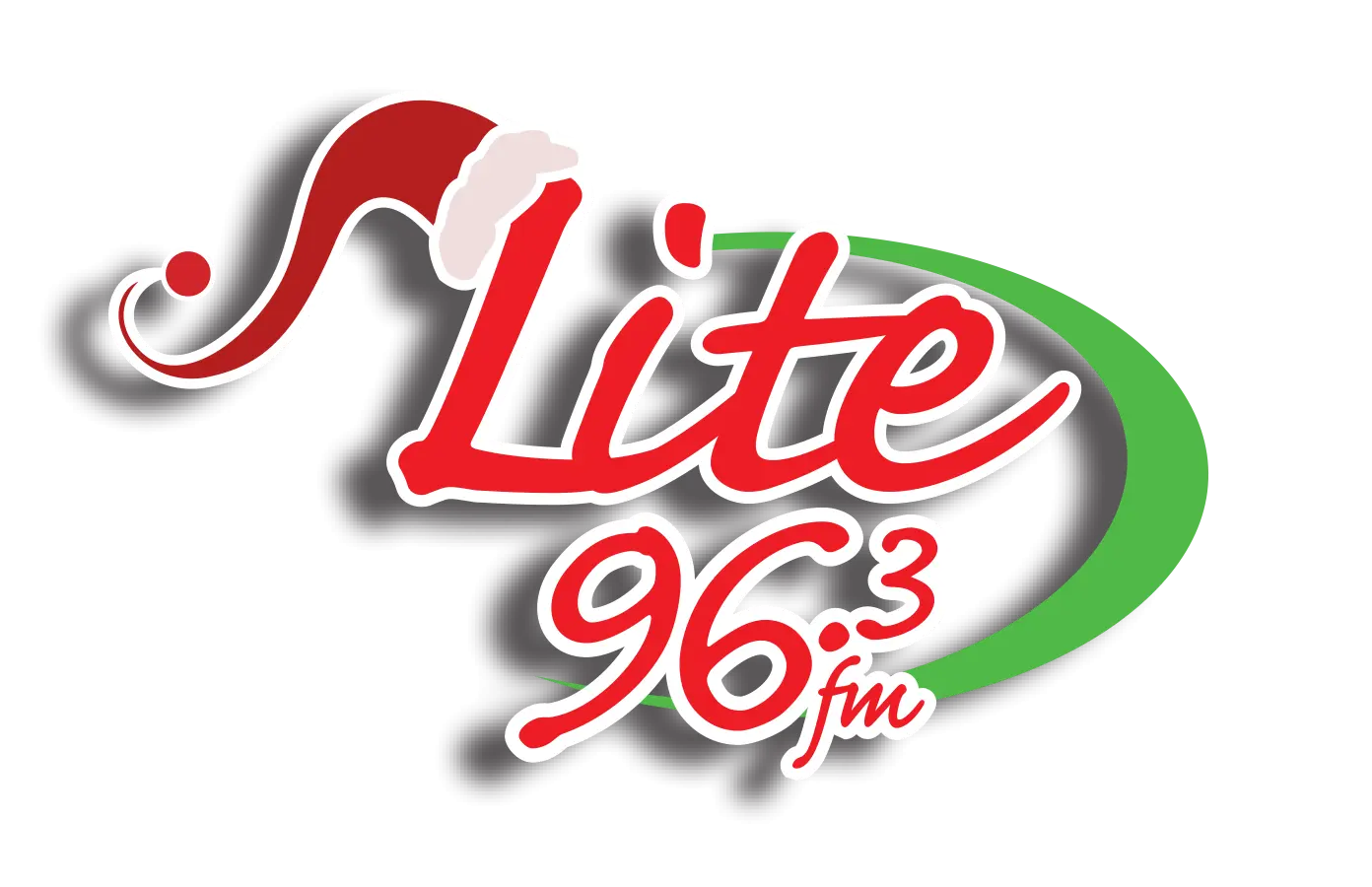
 I am part of a number of Facebook dog groups and there were a lot of Christmas puppies. And as predicted, a few weeks after Christmas, many of those same people are asking questions about training. Puppies are hard and introducing them to the other dogs can cause pure chaos. And early training is key to making sure you have an adult dog that is a well behaved member of your family.
I am part of a number of Facebook dog groups and there were a lot of Christmas puppies. And as predicted, a few weeks after Christmas, many of those same people are asking questions about training. Puppies are hard and introducing them to the other dogs can cause pure chaos. And early training is key to making sure you have an adult dog that is a well behaved member of your family.
So I thought I would share with you my favorite way to train. I learned this method through a trainer when I had two younger dogs and they seemed to plot to find ways to get into trouble. It was a life saver. The method is call Nothing In Life Is Free. I am sharing the material from the San Francisco ASPA. But there are many books available if you would like more information. And, Victoria Stillwell has a video series that you might find helpful too. Her TV show Me Or The Dog utilizes this method and is also a great resource.
Dog: Nothing in Life Is Free
What It Is Nothing In Life Is Free (NILIF) is a program that helps us teach dogs how to live in harmony with
humans. NILIF will improve your dog’s behavior and teach him to trust and accept you as his leader in a non-confrontational way.
Benefit
NILIF builds your dog’s confidence by providing clear rules and enjoyable outcomes for good behavior. Soon, your dog will voluntarily be following your commands more and more of the time. The program can be used by all people, regardless of age, size, or personality type. It is a non-confrontational technique, designed never to put the people or dogs involved at risk.
What You Need
· Tasty treats kept in several locations around the house.
· Toys, squeaky or furry, whichever your dog prefers.
· Collar and leash for practicing on walks.
Prerequisite
Your dog should know a few commands such as sit, look, and come. The more commands your dog knows the more variety you have.
WHEN TO USE NILIF
Stereotypic and compulsive disorders. NILIF makes your dog’s life more predictable and gives him lots of chances to earn good things. This in turn can increase his confidence and lower his anxiety level. It also gives you a positive way to interact with your dog so you don’t inadvertently reward the stereotypic behavior.
Separation Anxiety. NILIF makes your dog’s life and all interactions more predictable. Some dogs are anxious because they can’t get attention while you’re gone. This program teaches your dog that the only way to get attention is to respond to your command, so when you’re gone, he doesn’t expect attention.
Aggression toward family members. NILIF makes your dog work for everything he wants. It’s
a safe and non-confrontational way for people in the household to establish and maintain control
over food, toys, attention, preferred resting spots, etc. Whoever controls those good things is
automatically seen as the leader.
Aggression toward other people or dogs. NILIF changes interactions between your dog and
other people and dogs. Because your dog’s attention will be focused on what this new person
will give him if he performs, his emotional response changes from fear or aggression to
excitement and anticipation.
Fearful dogs. NILIF makes your dog’s life more predictable and gives him lots of chances to
earn good things. This in turn can increase confidence and help lower his anxiety level.
Pushy, rude, or hyperactive dogs. NILIF teaches your dog good manners. Many dogs learn
how to get the things they want (attention, food, playtime, treats) by being affectionate yet pushy. They paw at you, jump on you, push their way into a situation, or they bark or whine.
NILIF puts a stop to all that. It’s like teaching a child to say, “please” and “thank you.”
HOW NILIF WORKS
1. Make your dog work for all good things in life.
Work = to follow a command the dog knows well. You may want to use the basics like sit,
down, and stay. Or you may choose to have your dog do something more complicated such
as shake hands, roll over, wave, or play dead. Anything your dog knows is fair game.
Good things = anything your dog wants or likes. This includes—but is not limited to—food,
treats, cuddles, and greetings; having the leash put on or taken off; having doors opened to
go outside or come inside; being invited up on furniture; being played with, brushed, or
spoken to; getting a belly rub; having a ball thrown; going in or out of the car; or greeting a
guest.
2. Ignore pushy, demanding behavior.
Pushy, demanding behavior = anything your dog does to get your attention and make you
do something for him. This includes—but is not limited to—whining, pawing, nudging,
mouthing, jumping on, staring, and barking at you.
Ignore = this means no attention at all. None, period. This is the toughest part of your
training program. Scolding your dog, saying “no!”, pushing him away, giving a command, or
even looking in his direction are all forms of attention. Instead, turn your back or walk away.
Wait until your dog leaves you alone before you give him the opportunity to earn something
good for calm and relaxed behavior.
3. Give the command only once.
Once = if your dog doesn’t do what you ask, don’t do what he wants you to do. If you ask
your dog to sit and he doesn’t, walk away, turn your back, or pretend he isn’t there. After a
minute or so, give him another chance to earn something good. But only ask once.
4. Make everyone who interacts with your dog on a regular basis follow the NILIF rules.
Everyone = that means everyone. Spouses, significant others, dog walkers, neighbors who
drop by every day, and especially children. Dogs often see children as either playmates.
NILIF teaches dogs to see children as leaders, just like the grown-ups in the family.
5. Be patient, especially in the beginning.
Patience = the most important part of your training program. It may take your dog a little
while before he realizes he truly has to work for the things he wants. After all, up until this
point everything in life has been free.
What NILIF Looks Like
It’s your first day using NILIF and you’re ready to take Fido for a walk. You pick up his leash and
he comes running over to you. You tell him, “Fido, sit.” Fido is so excited that instead of sitting,
he runs around you wiggling and wagging his tail while jumping at the leash in your hand. You
don’t repeat the command, run after him or scold him, or push him away when he jumps up.
Instead, you calmly put the leash down and walk away. A minute later, you walk back to the leash and pick it up again. Again, Fido runs over and is too excited to listen to your command.
You repeat the procedure (get the leash, give the command, Fido is too excited so you walk
away) 10 times—then Fido finally sits. When he sits, you clip on the leash, praise him, and take
him for a nice long walk.
The next day, it takes 6 tries before Fido sits to have his leash put on. By the end of the first
week using the NILIF technique, Fido is sitting automatically when you pick up his leash.
Tips and Pitfalls
· Make sure your dog knows the commands you use. If he doesn’t, how can he obey?
· NILIF is non-confrontational. If your dog chooses not to do something you ask of him, then
that’s fine. If he wants a reward bad enough, he’ll rethink his choice.
· Everyone must ask your dog to do something before giving him any kind of attention. Even
the mailman or the kid passing on the street.
· Some frustration is inevitable, but don’t give up. Step away from the situation, regroup, then
try again with something less confusing.
For more information call 1.415.554.3030 or visit us online at sfspca.org







